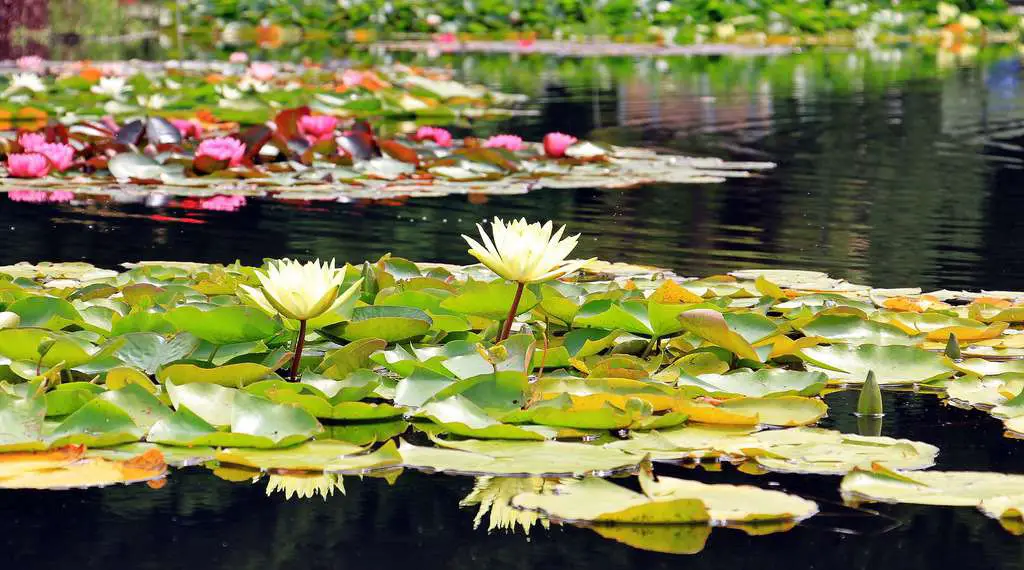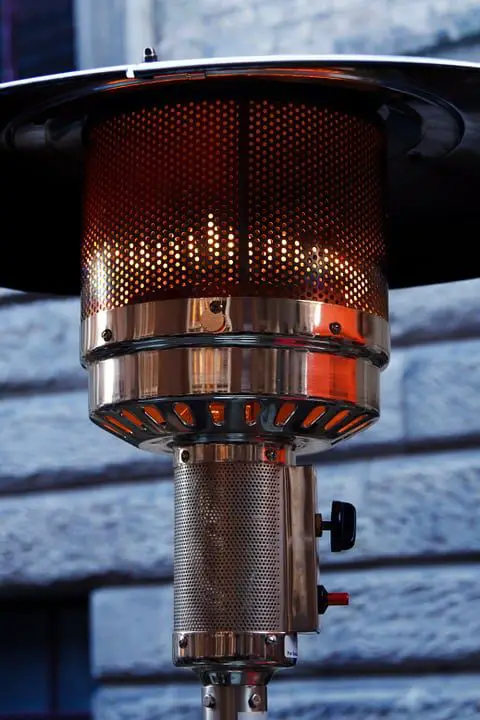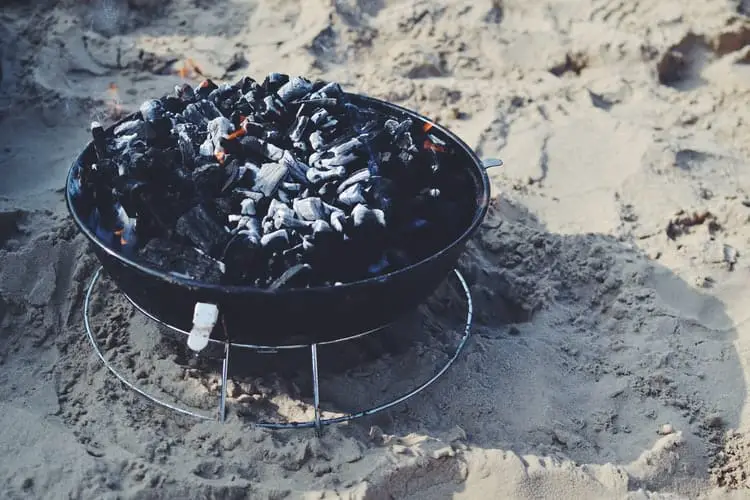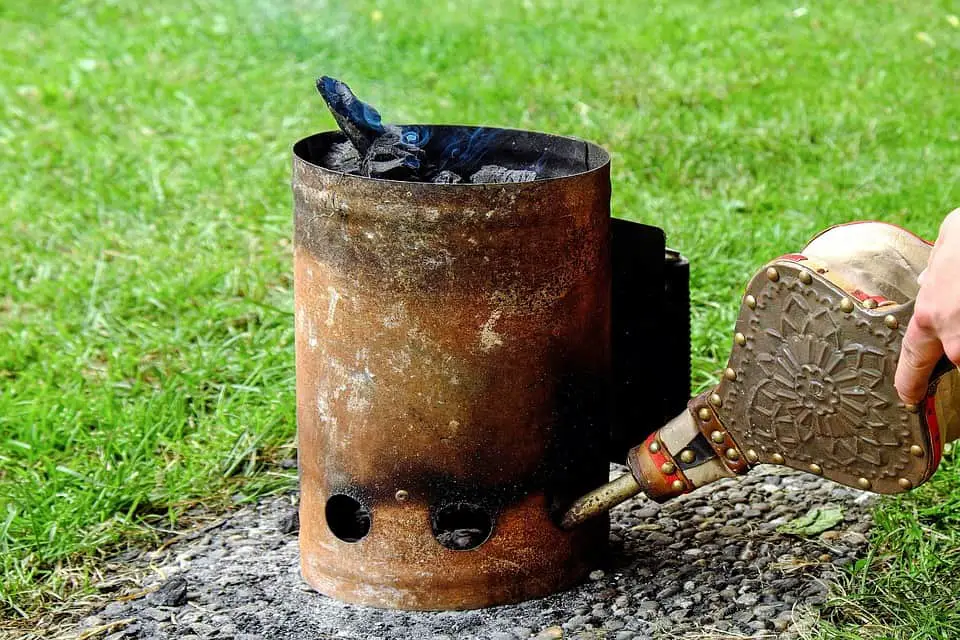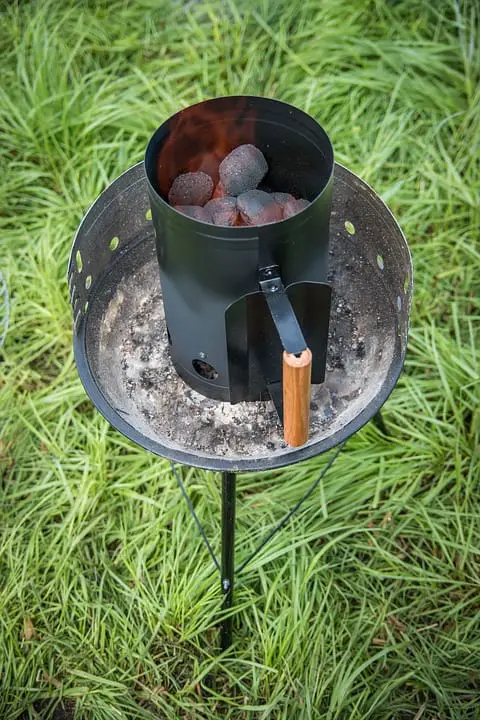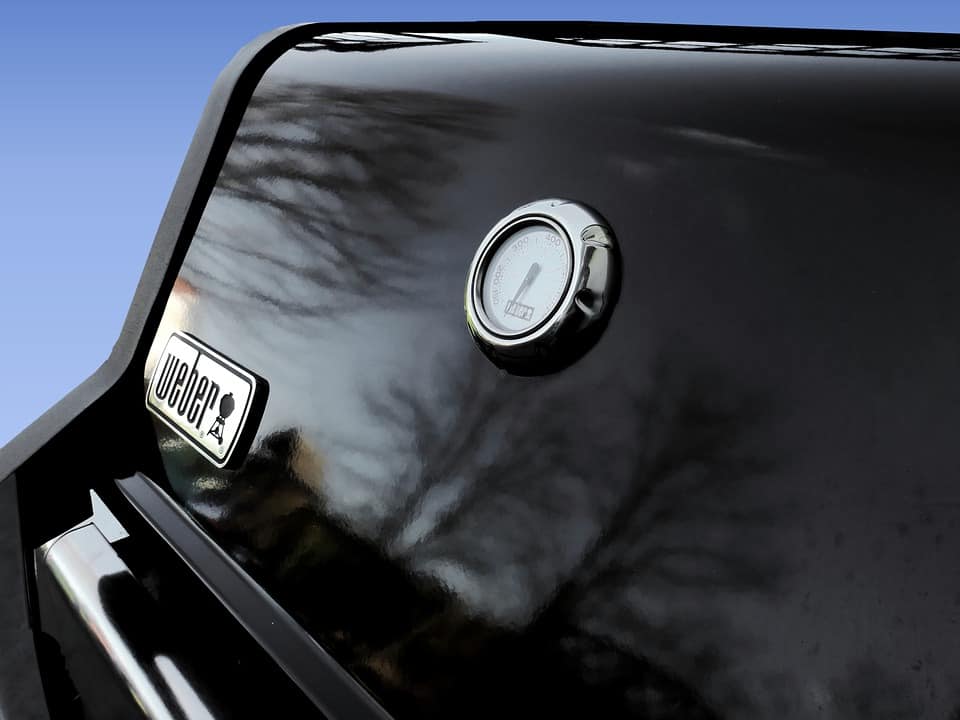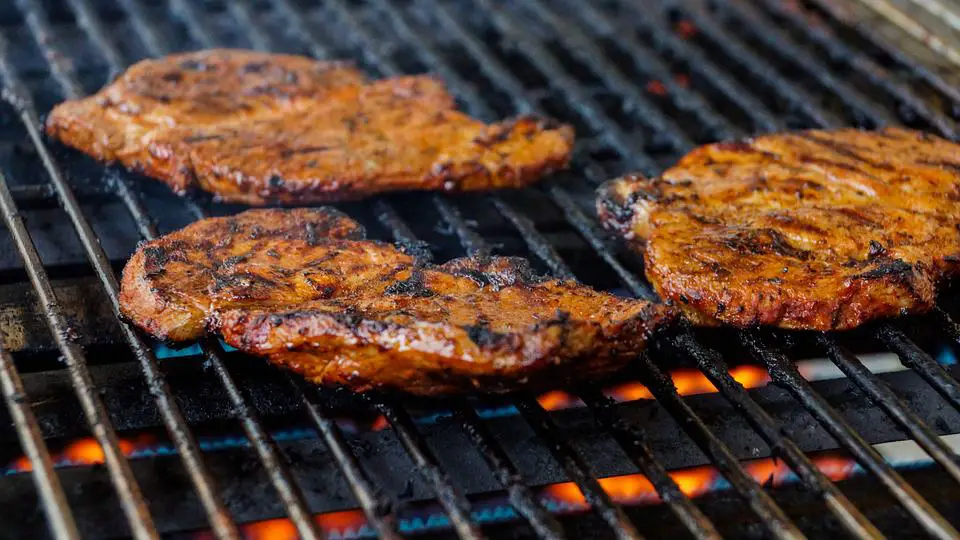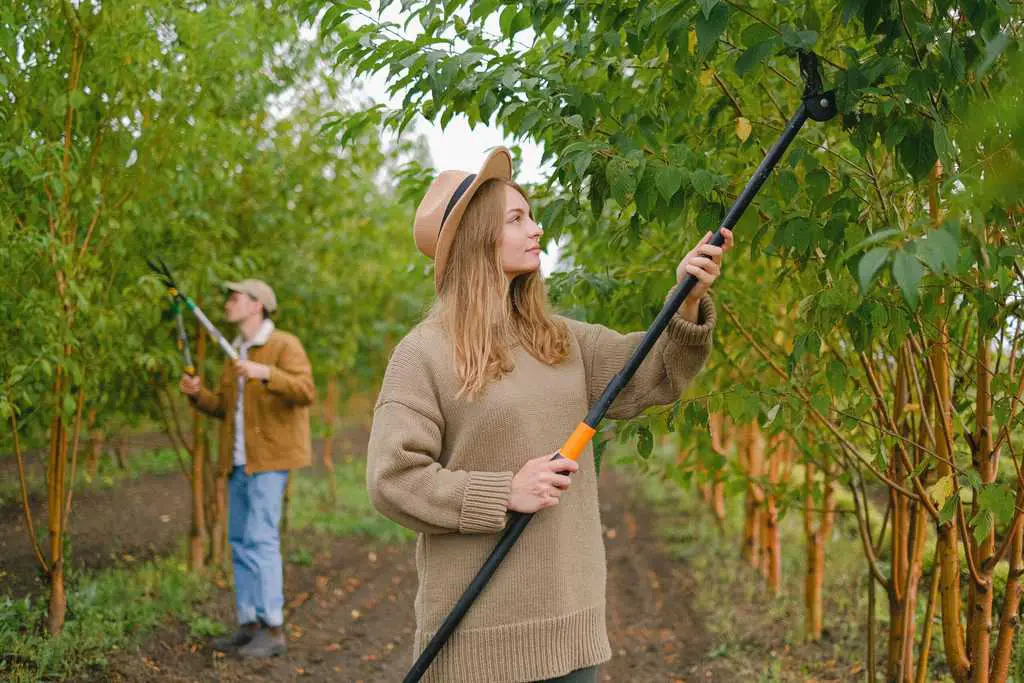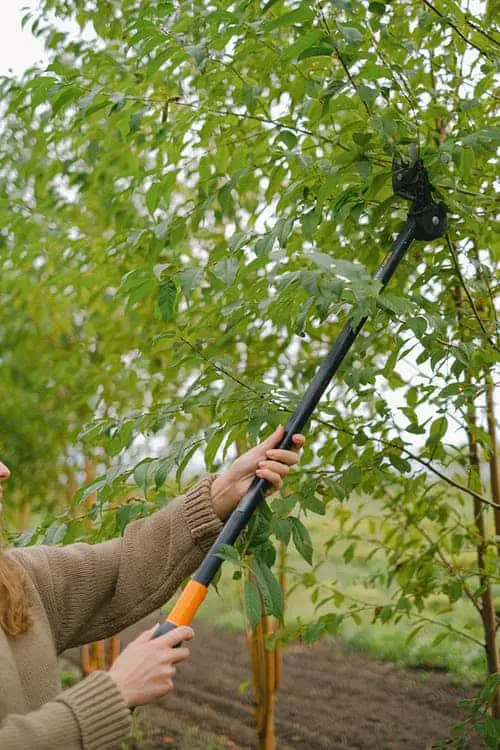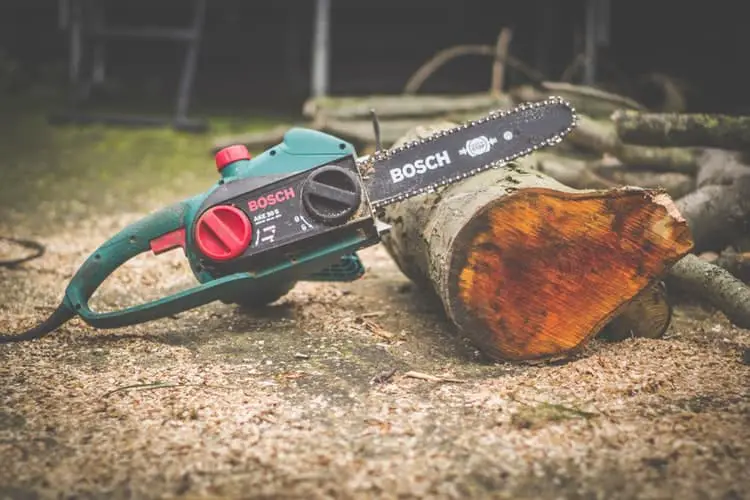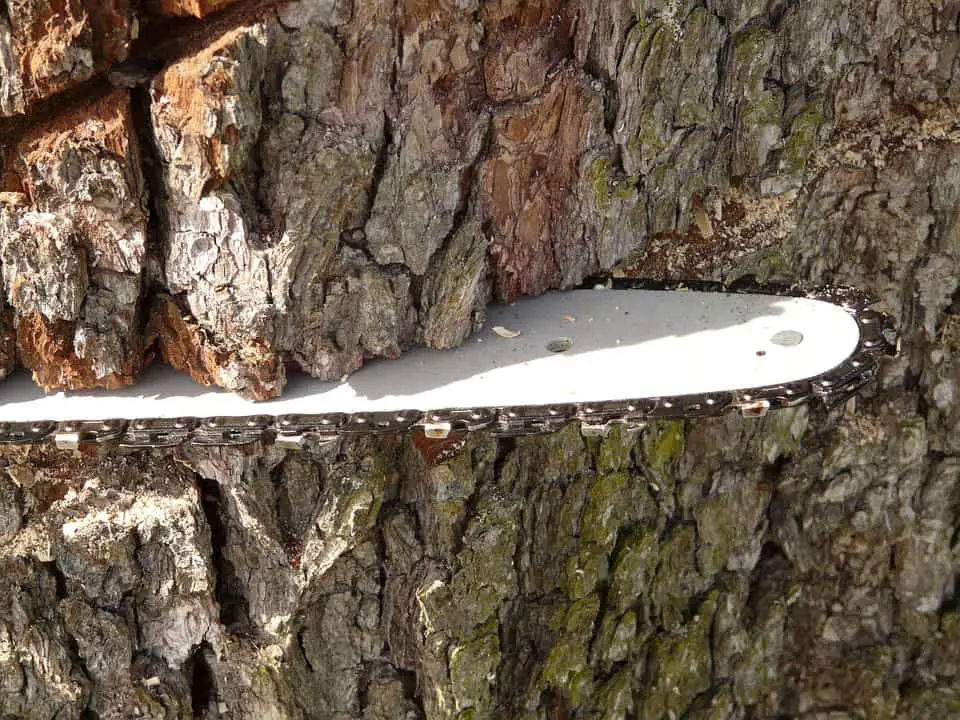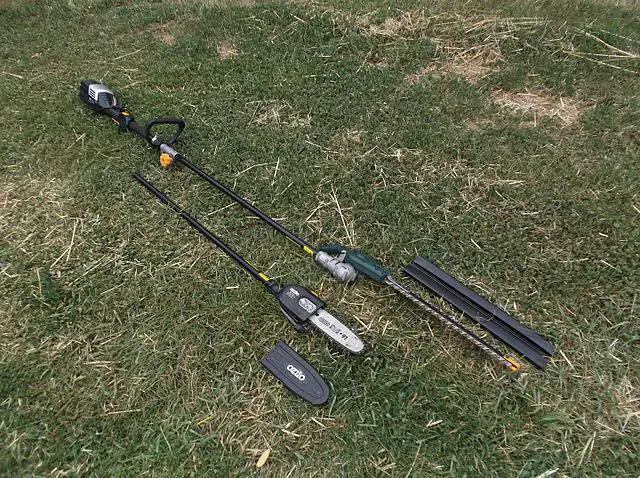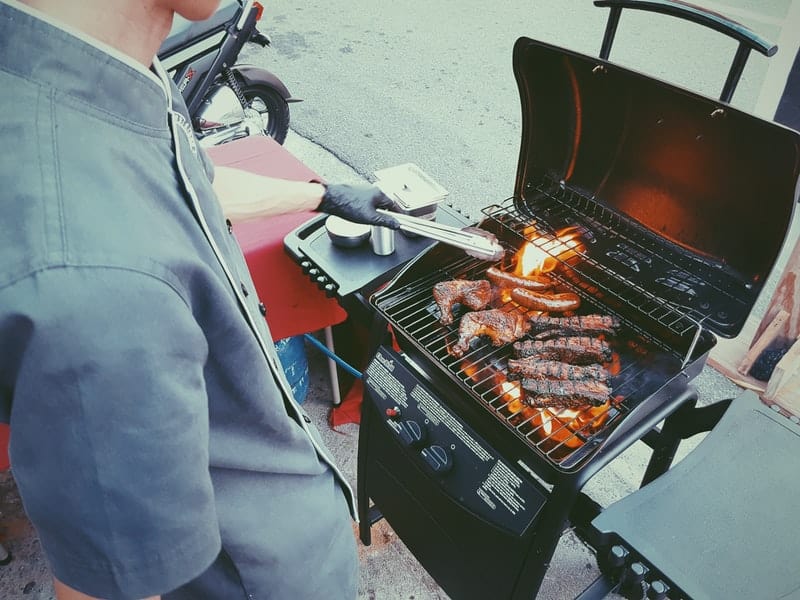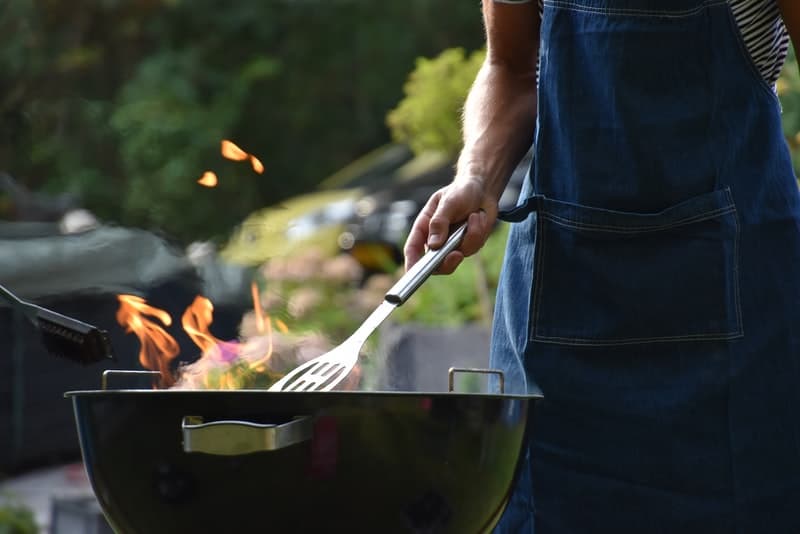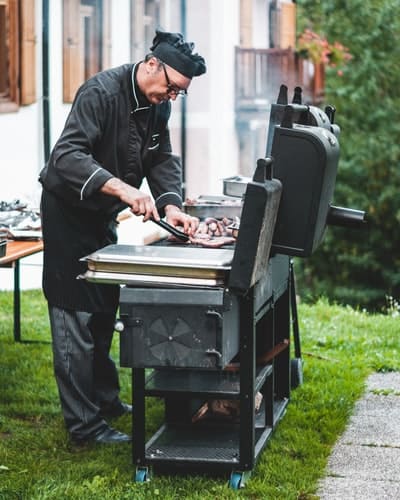Plants and diseases go side by side; you cannot manage a one hundred percent disease-free garden even when you are doing everything right. For sustainable and environment-friendly farming, we have to shift towards the natural means of controlling diseases and insects.
Non-Chemical Control of Common Garden Plant Diseases:
Chemical control of trouble-causing disease might seem quick, cheap, and easy to adopt, but the long term damage those chemicals do to the soil, air and underground water cannot be ignored. Biological, cultural, and mechanical control are enough to control most diseases commonly found among garden plants. Natural control is long-termed, beneficial for the soil, plants, and environment.
Physical/Cultural Control:
“Prevention is much easier than treatment.” A healthy soil, well maintained and the right choice of plants and plant species are the most critical factors in keeping the disease away from your garden.
Crop Rotation:
As the name indicates, rotate your crops. Do not plant the same vegetables/plants every season in the same beds. It is used to control certain soil-borne plant diseases in which the pathogenic organism resides in the soil to survive the unfavorable conditions. They obtain their food from live plants. When a crop is rotated, and the pathogen does not find its food, it cannot multiply, and thus, its population crashes.
For example, if you plant tomatoes in one season, grow some annuals in the next season. It will allow you to grow a crop off and on without the attack of any serious disease and spending additional money on their control.
Appropriate Irrigation Practices:
Most pathogenic fungal spores, foliar nematodes, and bacteria require one drop of water on the leaf surface to penetrate it, i.e., dry leaf surface area does not let the pathogenic spores enter it.
Overhead irrigation, either through water cannons or sprinklers, wet the foliage of plants and creates a favorable environment for the pathogens to grow. On the other hand, drip irrigation or furrow irrigation drops water on the soil surface near the plant’s roots, preventing the wetting of foliage. This prevents the plants from foliage diseases.
However, the fungal spores of powdery mildew do not germinate on a wet surface in Roses. That is why rose growers keep the foliage misted during the severe attack season. (Trigiano & Gray, 1999)
Tillage Practices:
The pathogens can survive either in the soil or in the litter/fallen leaves/stubbles. Cultural practices like plowing, removing fallen leaves, and previous crop stubbles decrease the 60% chances of disease attack because the spores, eggs would be exposed to the air and would not germinate or hatch.
For example, Sclerotia’s spores survive only for one year in the soil. When proper crop rotation is practiced, it will eliminate its spores from the soil.
Organic Mulching:
Mulching is a practice of covering the soil surface with organic material such as compost, leaf manure, wheat or rice straw, Vermicompost, etc., to minimize water loss through evaporation. Mulching has a clear role in controlling the spread of disease. It stops the mobility of spores within the soil, releases beneficial microbes into the soil that kills the pathogenic microbes, and prevents the spread of disease.
Mulching plays an indirect role in the control of diseases. Whether it is alive or partially decomposed mulch, it does never involve directly controlling any disease-causing mechanism or pathogen.
Adopt Good Sanitation Practices:
Good sanitation is crucial for all types of gardens but most importantly, in the vegetable garden. It involves:
- The annual trimming and pruning of plants to remove the diseased or dead leaves and branches.
- Keep the soil clean; no plant debris and weeds should be present within/near plants.
- Check plants regularly to keep track of and detect the attack of disease or insects.
- Properly disinfect all the garden equipment before and after use.
- Preferably, select the disease-resistant varieties of plants, plant at the right time.
Quick Solutions to Gardens Plant’s Diseases:
Powdery Mildew and Blackspot in Roses:
The appearance of white power on the leaves first and then on the shoots and remaining parts of the plant. It is a fungal disease caused by Podosphaera panosa. In the black spot, black-colored fungus grows on leaves, stops photosynthesis, and severely reduces the plant vigor. Diplocarpon rosae causes it. Both diseases attack in spring when moisture is high.
Take two teaspoons of baking soda, half teaspoon of any liquid soap, 2 quarts of water, mix well, pour in a spray bottle, and mist on the plant before the symptoms show.
Garlic Soup for all kinds of Bacteria and Fungi:
Common garden plants like tulip, peony, chrysanthemum, lemon, guava, etc., are all susceptible to and attacked by bacteria and fungi when environmental conditions are favorable. “Garlic Soup” is a natural remedy, prepared by grinding two cloves or 4-5 leaves of garlic, add one-quart of water into it, and blend for six minutes. Strain the mixture, add 1/8 teaspoon of liquid soap, and store it in an airtight bottle. Whenever you have to spray it, take out 1 part garlic soup, mix ten parts of water and spray it on sick leaves. Garlic leaves and cloves have been scientifically proven to have disease-preventing properties. (Slusarenko, Patel, & Portz, 2008)
Biological Fungicide:
Biological fungicide utilizes the “Bacillus subtilis” as a control in stopping the fungi from producing spores. This naturally occurring bacteria is present in both our soil and the human gut, where it interferes with fungal spore/disease destruction. It controls anthracnose, botrytis, black spot, early blight, etc. It is widely available in the market, manufactured, and sold by different brands. Bacillus subtilis also has growth-promoting properties. (Wang, Zhao, Shen, Jing, & Zhang, 2018)
Remedy for Fungal Headaches:
Plant pathologists have recommended an “Aspirin” solution to control fungal diseases such as powdery mildew, rust, black spot, etc., in vegetables (tomato, beans, etc.) and flowering annuals. Take two tablets of uncoated aspirin (650 mg total), mix in 1 quart of water, and spray on the leaves. It will harm only the pathogenic fungi and not the beneficial insects and plants. (Senaratna, Touchell, Bunn, & Dixon, 2000)
Control of Disease-Causing Insects:
Protection of Scented Herbs-Controlling the Creepy Crawlers:
Scented garden plants such as lavender, basil, rose, mint, wormwood, sage, tansy, rosemary, etc., are often attacked by leafhoppers, aphids, mites, cabbage loppers, cucumber beetle, etc. You can make a quick and easy brew to control all through one. Take a few leaves of basil, crush them gently, add them to a net sack, place the sack in a bottle of at least half gallon water, and expose it to the sun for a few days to brew it. After that, remove the solid (sack along with basil leaves) from the bottle and store it for spray as an insecticide whenever you need it.
Note: Dilute it with 1/8 teaspoon of liquid soap before using.
Controlling Aphids and Spider Mites:
Plant scientists at Purdue University recommended a homemade remedy to control aphids and spider mites that can harm many garden plants. Take two cups of wheat flour, ¼ cup of buttermilk, and mix in 1.5-2 gallons of water.
Note: always spray in the morning (when the temperature is below 29 degrees Celsius) to avoid leaf sunburned.
Controlling Japanese Beetles:
Japanese beetles kept gardeners worried for many years. They are chewing and can eat the whole garden if not controlled. Take 10-20 leaves of Delphinium, add one gallon of water and blend well. (Ladd Jr, Jacobson, & Buriff, 1978)
References:
Ladd Jr, T., Jacobson, M., & Buriff, C. (1978). Japanese beetles: extracts from neem tree seeds as feeding deterrents. Journal of economic entomology, 71(5), 810-813.
Senaratna, T., Touchell, D., Bunn, E., & Dixon, K. (2000). Acetylsalicylic acid (Aspirin) and salicylic acid induce multiple stress tolerance in bean and tomato plants. Plant Growth Regulation, 30(2), 157-161.
Slusarenko, A. J., Patel, A., & Portz, D. (2008). Control of plant diseases by natural products: Allicin from garlic as a case study. Sustainable disease management in a European context, 313-322.
Trigiano, R. N., & Gray, D. J. (1999). Plant tissue culture concepts and laboratory exercises: CRC press.
Wang, X., Zhao, D., Shen, L., Jing, C., & Zhang, C. (2018). Application and mechanisms of Bacillus subtilis in biological control of plant disease Role of rhizospheric microbes in soil (pp. 225-250): Springer.

